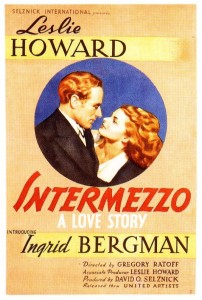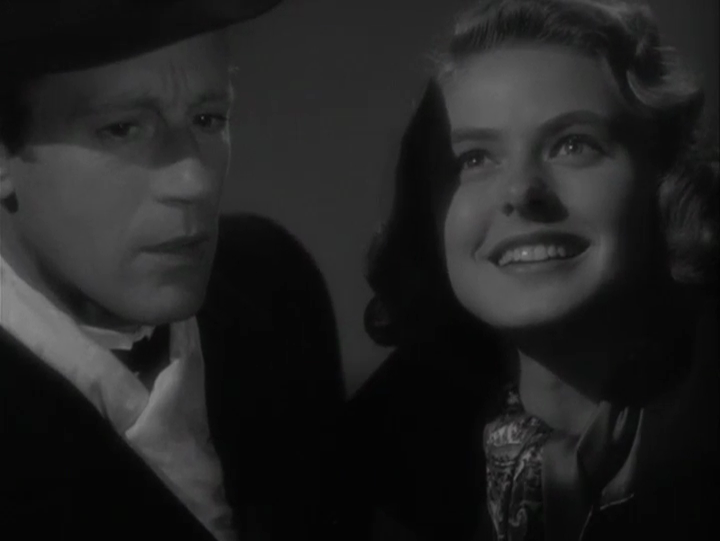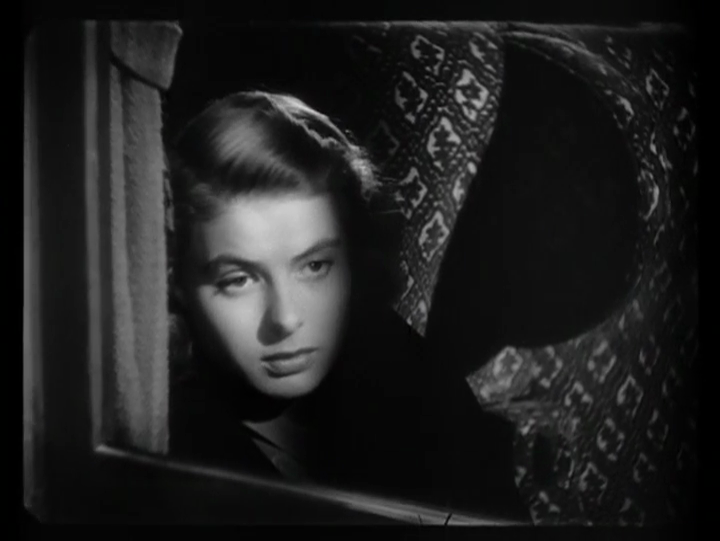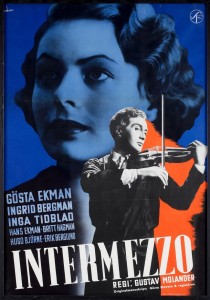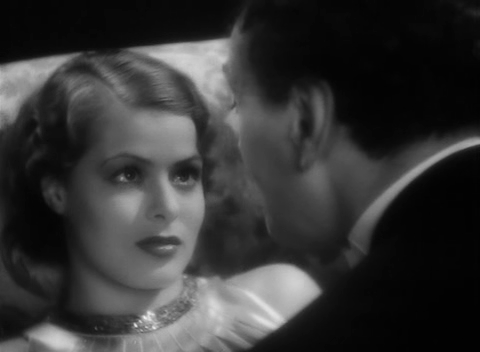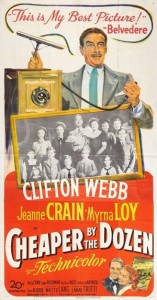|
Genres, Themes, Actors, and Directors:
- Clifton Webb Films
- Historical Drama
- Jeanne Crain Films
- Myrna Loy Films
- Raising Kids
Review:
This Technicolor adaptation of Frank Jr. and Ernestine Gilbreth’s bestselling 1948 memoir-novel remains a sincere but lackluster cinematic rendering. The film, like the book it’s based on, is episodic, telling a number of faithfully rendered tales from the Gilbreths’ nostalgic recollections of their upbringing in a house of 14 (plus help). In stark contrast to the emotional devastation chronicled by Stephen Zanichkowsky in his memoir Fourteen: Growing Up Alone in a Crowd (2003), Frank and Ernestine appear to have genuinely appreciated their experience as part of an enormous family run by efficiency-driven yet loving parents. They fondly recall incidences such as collective tonsil-removal taking place in their house; Mrs. Gilbreth (Loy, looking appropriately tired yet plucky) responding to a visit by a naive birth-control advocate; various Gilbreth family “council” meetings; and Crain’s bold decision to bob her long hair.
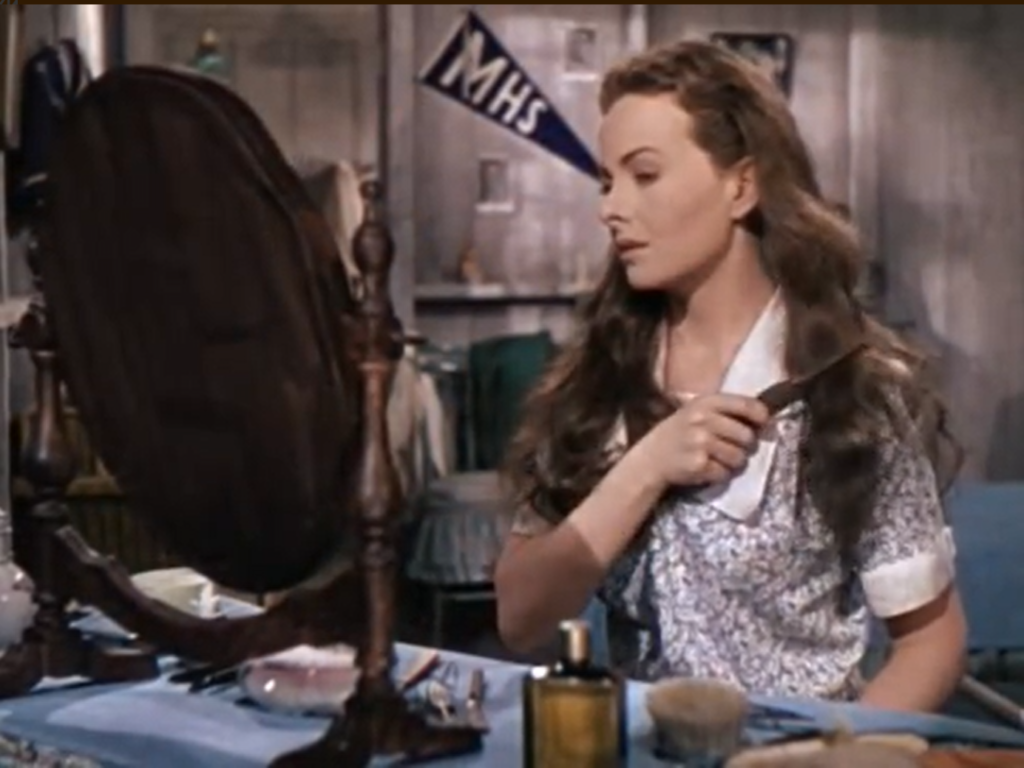
The primary problem with the film is the unfortunate casting of Clifton Webb as the Gilbreth patriarch. Webb — who previously starred to great effect in directer Walter Lang’s Sitting Pretty (1948) (and whose character, Belvedere, endorses this film in the poster above!) — might appear to be a logical choice as an efficiency expert, but (sadly) he lacks the charisma of the real-life Frank Gilbreth Sr., who is described in the book as “like a breath of fresh air when he walked into a room”, and someone who people “couldn’t be around without liking”. Webb is many things — i.e., droll and bright — but an intrinsically likeable breath of fresh air he is not (at least not here). Viewing short (silent) clips of the real Gilbreth family reveals a ruddy, larger-than-life patriarch who was a rare breed of kid-loving, extroverted control freak. Webb tries hard to convey a loving paternal presence on screen, but there’s no denying that one can’t realistically imagine him as the happily married father of twelve.
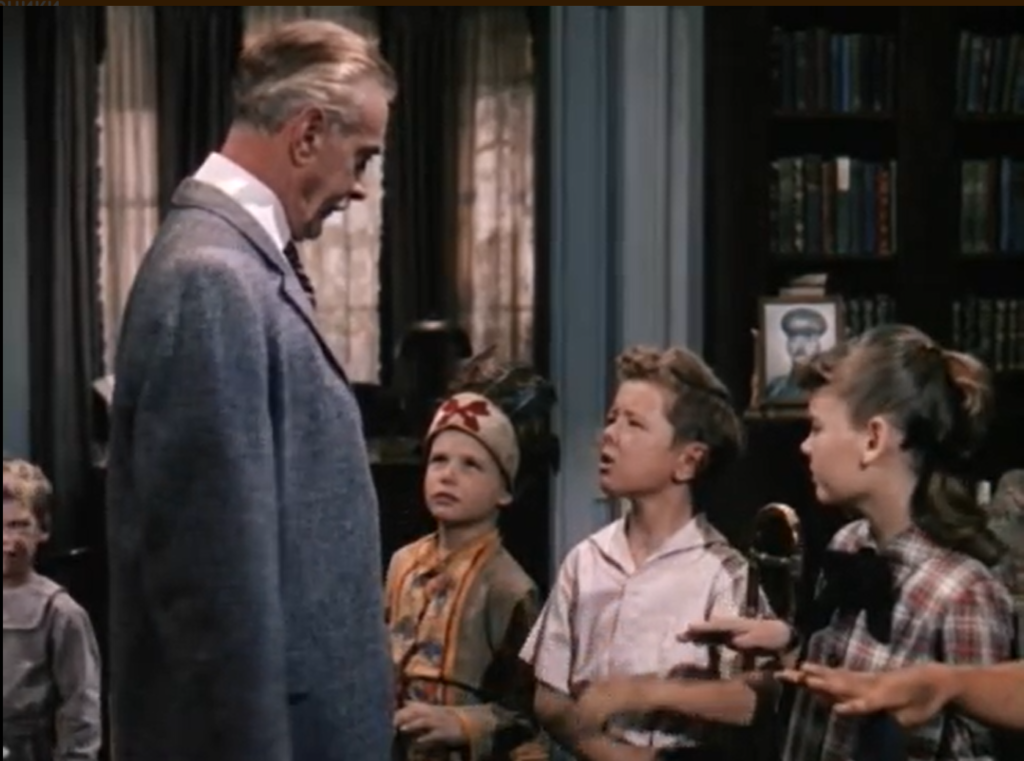
With that said, the film moves along pleasantly enough, and will appeal to those who prefer their historical dramas heavily dripping in nostalgia; as noted by Bosley Crowther in his original review for the New York Times: “…this is far from a picture of real and believable family life. This is a picture of illusions — happy, sentimental, even absurd.”
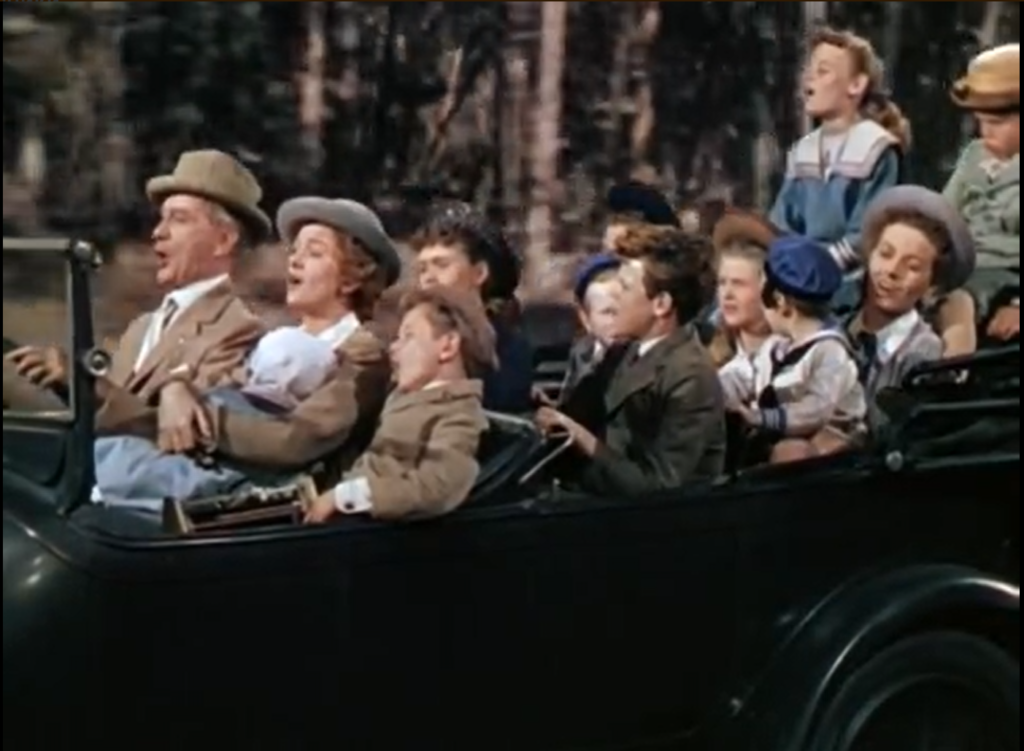
Most enjoyable are the occasional zingy lines in the screenplay — i.e., Webb noting that Crain’s short-statured, Mickey-Rooney-esque date (Benny Bartlett) “looks like what might happen if a pygmy married a bobtail penguin.” However, this turns out to be taken almost directly from the book, which contains infinitely more enjoyable one-liners:
Dad told mother that the only church he’d even consider joining was the Catholic church. ‘That’s the only outfit that would give me special credit for having such a large family,’ he said.
Ultimately, I only recommend this film for diehard fans of the book who are curious to see how it was adapted.
Note: For the record, I have not seen the Steve Martin remake (2003), and don’t plan to unless I’m convinced it’s significantly better than this version…
Redeeming Qualities and Moments:
- Fun opening credits
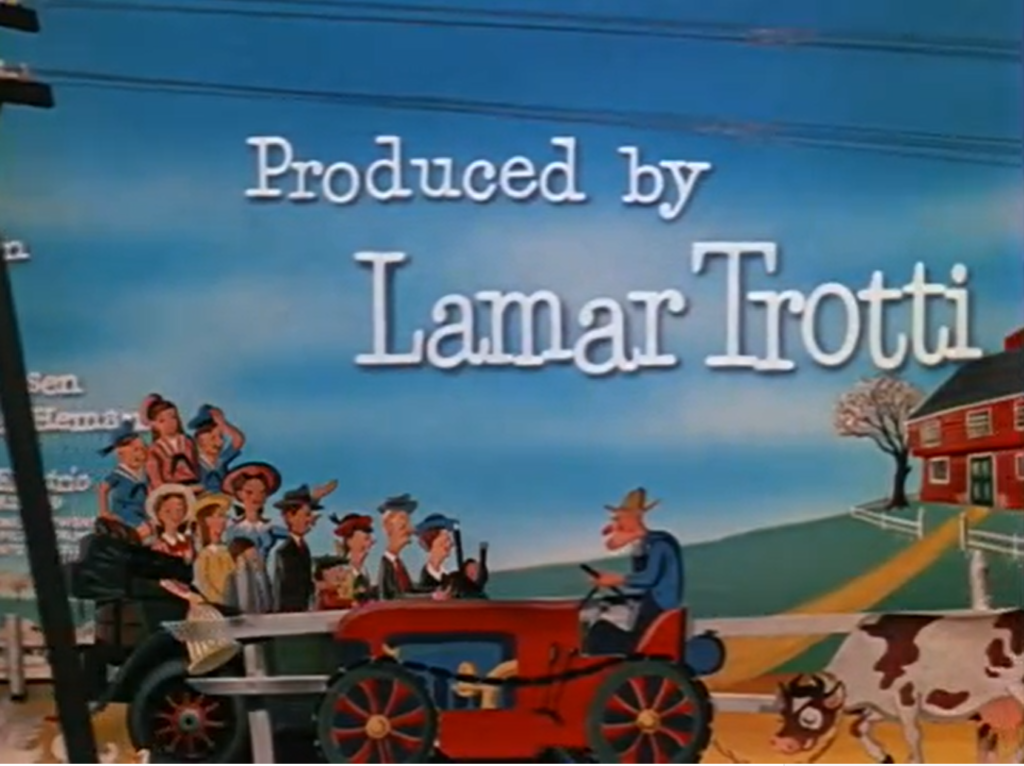
Must See?
No; read the book instead!
Links:
|
